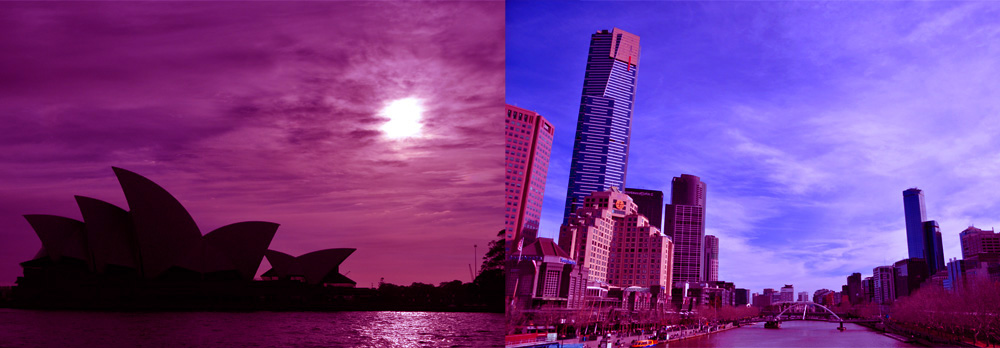Food is one of the most complicated things that humans do. From a strictly primal, biological view, all we need to do is ingest chemical energy so we can convert that into movement, heat, and other necessary functions.
But macro-nutrients and amino acids aren’t the whole story. We have 9,000 taste buds and although their primary function is as a food safety sensor, we’re past that now. No longer do our bodies serve to protect us from poor quality ingredients; now they are merely vessels of culinary pleasure.
Nowadays with the slew of cooking shows like My Kitchen Rules and Masterchef, we’ve taken food preparation to new levels of pornography. Every man and his wok now knows what crème fraîche is, that Harissa isn’t just a stripper name, and that it’s impossible to present a croquembouche without looking like a complete tosser.
Haute cuisine is known to most people as “when you’re served a big plate of small food”, and that is a pretty succinct definition. It’s the “less is more” mantra, where subtleties and nuances are dished up instead of flavour. There’s no denying that this is what the most revered restaurants serve, and they charge what’s known in the industry as a “Royal Fuck-tonne”. Don’t believe me? Check out this menu, the highlight being a $5,000 burger! I can only assume that it’s served with a drink made out of Antarctic ice and virgins’ tears.
But some people have either too much money or too little self-esteem, and just love to blow their money on overpriced food, in a desperate attempt to seem wealthy or cultured. Sydney and Melbourne both contain enough of these people to have cultivated a market for this sort of dining, so let’s sort out the foie gras from the foy grass, the sauté from the sour-tea and the jus from the Jews.
According to gourmettraveller.com.au, the top ten restaurants in the country were all from either Sydney or Melbourne with Sydney scoring seven of the top ten. In fact, Victoria and New South Wales are responsible for twenty-eight of the top thirty! Does this mean that the rest of the country are subsisting on a bland diet of potatoes and mushrooms? Or is it that the best chefs in Australia hunger only for the big-city money?
Now, as many of you know (from Masterchef – be honest), the highest honour a restaurant can receive is the Michelin Star. This started in 1900, when tyre manufacturer and slippery Frenchman Andre Michelin published a book reviewing restaurants…to promote car tourism, aaaaand to increase tyre usage. Basically, 1 star is excellent, 2 stars is super-excellent, and 3 stars is “Bring your Gold Amex”. So, how many Michelin Star restaurants are there in Australia? Exactly zero. We’re too classy for that. We have our own system, devised by the Australian Good Food and Travel Guide – a Chef’s Hat. It works the same way as the Michelin Star, except you can only score “one”, and no one cares.
But if you were to care (and I’m not suggesting you should), the best restaurant in Australia is called “Vue de Monde” and it’s in Melbourne, as are three of the top ten. This is compared to Sydney, which has four of the top ten. Incidentally, the website that lists Copenhagen’s Noma as the best restaurant IN THE WORLD has only one Australian restaurant listed. At number twenty-nine, it’s Quay, from Sydney.
This post has all been about dining’s cream of the crop. Next week, however, will be all about real food. Peasant food. The 99%. Until then, if you’re in the market for the top 1% of cuisine, Sydney has you served.





